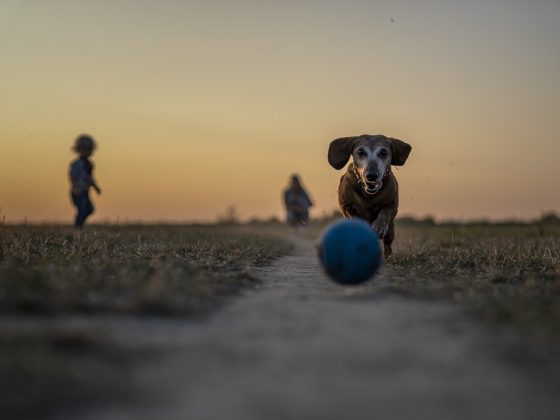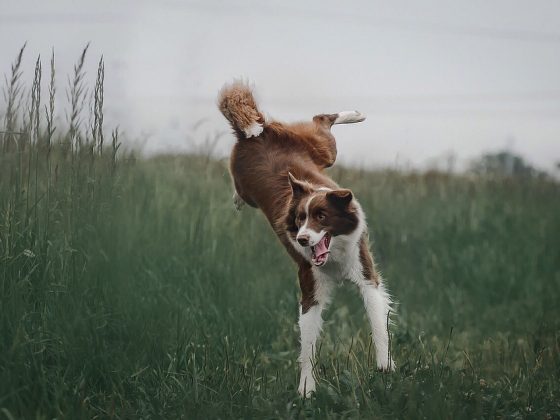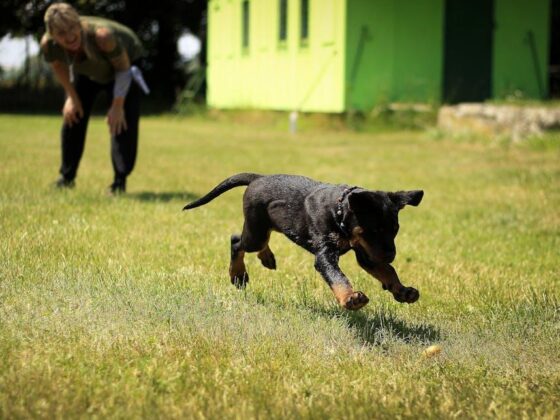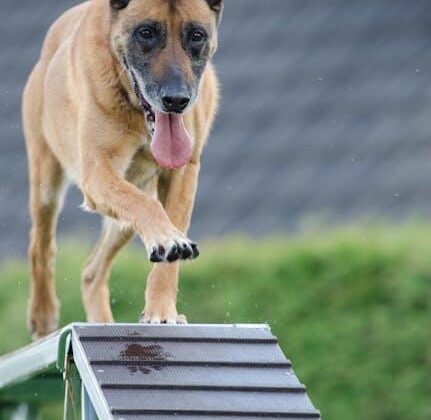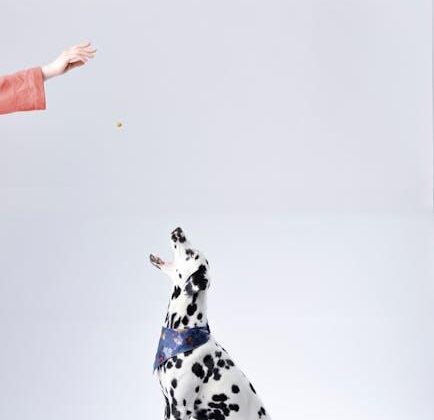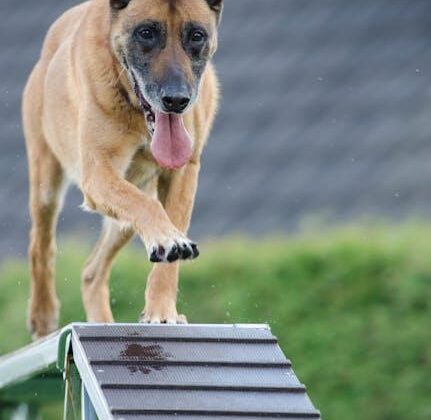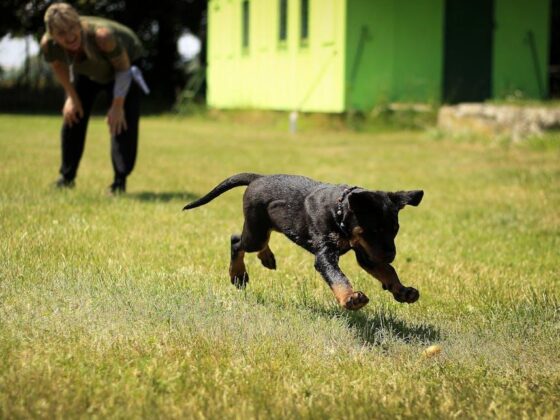end of the article.
Pet Training 101: Essential Skills Every Owner Should Know
Training your pet is an important part of being a responsible pet owner. Not only does training help to create a strong bond between you and your furry friend, but it also ensures that your pet is well-behaved and safe in various situations. Whether you have a new puppy or an older dog, teaching them essential skills is crucial for their well-being and your peace of mind. Here are some essential pet training skills that every owner should know.
1. Basic obedience commands: Teaching your pet basic obedience commands such as sit, stay, come, and down is essential for communication and control. These commands will help you effectively manage your pet in various situations, whether at home or out in public. Start by using treats or toys as rewards and practice these commands regularly until your pet responds reliably.
2. Housetraining: One of the first things you should teach your pet is housetraining. Whether you have a puppy or an older dog, consistent training and a routine will help them learn where and when to go to the bathroom. Be patient and use positive reinforcement to reward good behavior.
3. Leash training: Teaching your pet to walk on a leash without pulling is essential for their safety and your comfort. Start by using a properly fitted collar or harness and reward your pet for walking calmly by your side. Practice walking on a leash in different environments to reinforce good behavior.
4. Socialization: Exposing your pet to different people, animals, and environments at an early age is crucial for their social development. Socialization helps prevent behavior problems such as fear and aggression and ensures that your pet is well-adjusted and confident. Take your pet to puppy classes, dog parks, and other social settings to help them build positive experiences with others.
5. Crate training: Crate training can be a valuable tool for managing your pet's behavior and keeping them safe when you are not home. Make the crate a comfortable and inviting space for your pet, and gradually introduce them to being confined in it for short periods. Use positive reinforcement and rewards to create a positive association with the crate.
6. Stay and wait: Teaching your pet to stay in place and wait for your signal is important for their safety and control in various situations. Practice this command in different contexts, such as when opening the door or preparing their food. Start with short durations and gradually increase the time as your pet becomes more reliable.
7. Recall: Teaching your pet to come when called is crucial for their safety, especially when off-leash in open spaces. Start by using a long line or leash to prevent your pet from running away, and reward them for coming when called. Practice this command regularly in different environments to reinforce good behavior.
8. Leave it and drop it: Teaching your pet to leave items alone and drop objects on command can prevent them from ingesting harmful substances or choking hazards. Use high-value treats or toys to teach your pet to ignore objects or release them when asked. Practice this command consistently to reinforce good behavior.
9. Positive reinforcement: Using positive reinforcement such as treats, toys, praise, and playtime is an effective and humane way to train your pet. Rewarding good behavior encourages your pet to repeat it and strengthens the bond between you. Be consistent and patient in your training approach to achieve lasting results.
10. Consistency and patience: Training your pet takes time, effort, and consistency. Be patient and understanding with your pet as they learn new skills and behaviors. Set realistic goals and expectations, and reward progress and effort to motivate your pet to continue learning.
FAQs:
Q: How long does it take to train a pet?
A: Training your pet is an ongoing process that can take weeks to months, depending on the individual pet and the skills being taught. Consistency, patience, and positive reinforcement are key to successful training.
Q: What if my pet is not responding to training?
A: If your pet is not responding to training, consider seeking help from a professional trainer or behaviorist. They can assess your pet's behavior, identify any underlying issues, and provide guidance on effective training techniques.
Q: Can older pets be trained?
A: Yes, older pets can be trained, although it may take longer and require more patience compared to younger pets. With consistency and positive reinforcement, older pets can learn new skills and behaviors.
Q: Is punishment an effective training method?
A: Punishment is not recommended as a training method as it can create fear, anxiety, and aggression in pets. Positive reinforcement is a more effective and humane way to train your pet and build a strong bond with them.
In conclusion, training your pet is an essential part of being a responsible pet owner. By teaching your pet basic obedience commands, housetraining, leash training, socialization, and other essential skills, you can ensure that your pet is well-behaved, safe, and happy. Remember to be patient, consistent, and use positive reinforcement in your training approach to achieve successful results. With time and effort, you can help your pet become a well-trained and well-adjusted companion.


